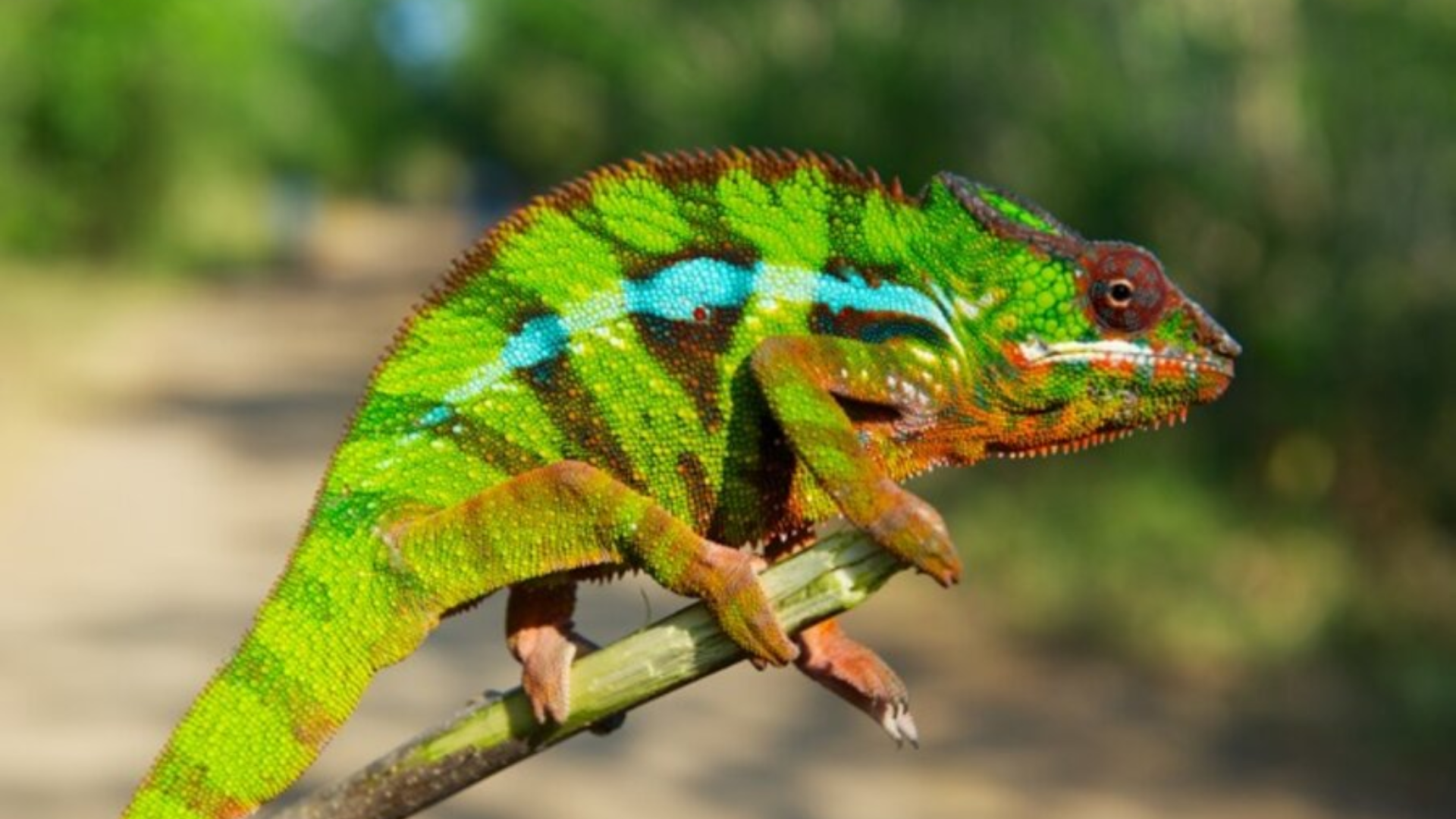










Researchers have made a significant breakthrough in the realm of 3D printing, developing a sustainable method that enables the creation of a wide range of dynamic colors from a single ink. Taking inspiration from the remarkable color-changing abilities of chameleons, this innovative approach opens new avenues for color customization in 3D-printed objects.
The pioneering work was led by Ying Diao, an associate professor of chemistry and chemical and biomolecular engineering at the University of Illinois Urbana-Champaign, who is also a researcher at the Beckman Institute for Advanced Science and Technology. Diao emphasized the potential of novel chemistries and printing processes in modulating structural color, allowing for the generation of color gradients that were previously unattainable.
The results of this groundbreaking study have been published in the prestigious journal PNAS (Proceedings of the National Academy of Sciences).
Collaboration played a pivotal role in this research endeavor, as highlighted by coauthor Damien Guironnet, an associate professor of chemical and biomolecular engineering, who stated, “This work is a great illustration of the power of collaboration.”
In this study, Diao and her team introduced a UV-assisted direct-ink-write 3D printing method, which proved to be instrumental in adjusting structural color during the printing process. By controlling light to influence the evaporative assembly of specially designed crosslinking polymers, the researchers were able to achieve remarkable results.
Lead author Sanghyun Jeon, a graduate student in the Diao Lab, explained the underlying principle: “Unlike traditional colors that rely on chemical pigments or dyes absorbing light, the structural colors observed in many biological systems are a result of nano-textured surfaces interacting with visible light. This leads to the creation of more vibrant and potentially more sustainable colors.”
The team successfully produced structural colors spanning the visible wavelength spectrum, ranging from deep blue to vibrant orange. Whereas conventional methods might require an array of paints to achieve such a color gradient, the researchers accomplished this feat using a single ink and by fine-tuning the printing process.
Coauthor Simon Rogers, an associate professor of chemical and biomolecular engineering, underscored the importance of collaborative learning, stating, “The work demonstrates the value of sharing successes and challenges among team members.”
Charles Sing, an associate professor of chemical and biomolecular engineering and materials science and engineering, emphasized the collaborative effort required to design such a system at the molecular level to achieve these remarkable properties.
This groundbreaking research not only advances the field of 3D printing but also holds promise for creating vibrant, sustainable colors in various applications, from artistic creations to functional objects.









